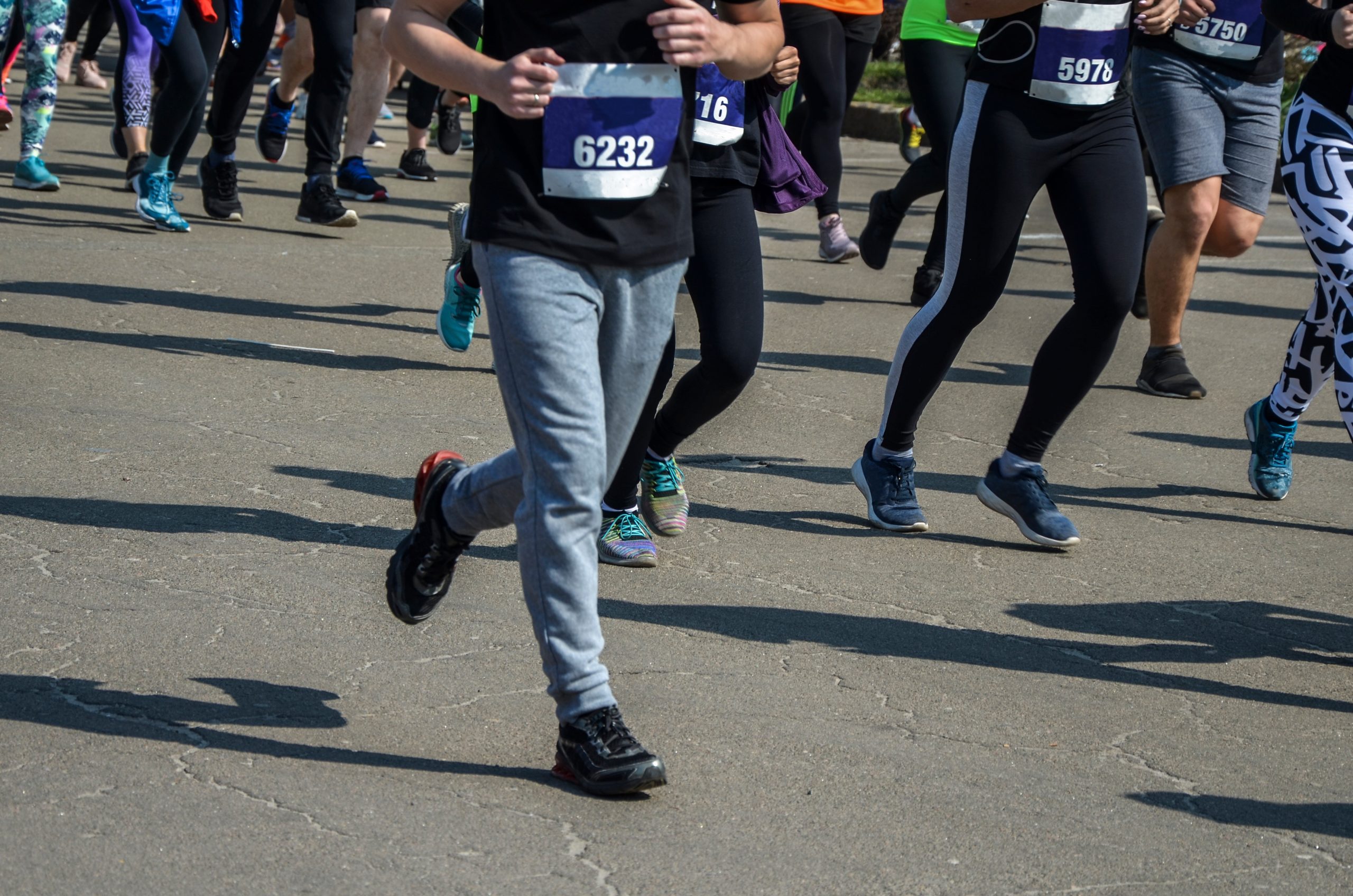
RUN CLUB BLOG: FOOT PLACEMENT
Ever wonder why some runners seem to glide along as if gravity is optional, yet us mere mortals seem to be painfully grounded?
Well, the answer may lie where your feet land when you run!
What is foot placement?
Foot placement or foot strike is where your feet land each step when you go for a run. Foot strike plays an important role in running technique and directly affects how the body absorbs load/impact from the ground.
When running the body absorbs impact from the ground with each step. This force is spread over your muscles, bones and joints. Where we place our feet can directly affect how much impact is spread through muscles (muscles enjoy producing and absorbing force) and bones (bones do not enjoy heavy landings and vibrations/shocks). There has been research to suggest that high amounts of load and ground impact can increase the risk of running related injuries.
However, there is one type of force that produces the most shock to our body systems. This is braking forces, a.k.a the force produced by our bodies to slow us down and decelerate. If we can minimize braking forces, we can help to reduce the load we experience in our body and decrease the risk of running-related injuries.
How does foot placement change and affect load?
There are three categories that foot placement falls into:
Rear foot strike: This is where you land on your heel first, typically the leg is straightening and is landing out in front of you
Mid foot strike: This is where you land on a flat foot, typically the knee is somewhat bent, and the foot is landing almost underneath your hips
Fore foot strike: This is where you land on the front or ball of the foot, typically the knee is moderately bent and the foot is landing directly underneath your hips
The biggest factor that dictates braking forces is how far the foot lands in front of you. As such, rear foot striking is usually associated with the highest braking and landing forces. Landing in the middle or front of your foot shows a reduction in these forces. Thus, it is thought that landing on the mid or fore foot may decrease your chances of injury.
Now, the majority of runners land on their heels first. Typically, long-distance runners are more likely to land on their heels and sprinters or mid distance runners will land on their toes. There is no perfect foot strike but, trying to change from a rear-foot to a mid-foot/fore-foot strike may help decrease braking forces and impact on the body.
How do I change my foot strike?
Interestingly, the easiest way to change how you land is by not thinking about it. Rather, the focus should be on increasing cadence (which has been covered in another blog), and decreasing your stride length (taking shorter steps). The body will naturally adapt its foot strike as these factors change.
Another strategy that can work well is trying to land softly. By trying to minimize the noise made when running, you are likely to shorten your step and land on your toes or mid-foot.
It is important to note that rear foot running is NOT inherently bad or worse for you. Instead, research is suggesting that making these changes may help improve running form and decrease injury.
WHAT NOW?
Want to know more about how to improve your running and alter your foot strike?
Come on into Hartwell Physiotherapy for a running assessment with one of our amazing physiotherapists!
We will assess your running and come up with a plan that will help you to safely change and improve your running.
Join Hartwell Physio Run Club HERE.
Your local Camberwell Physio.






